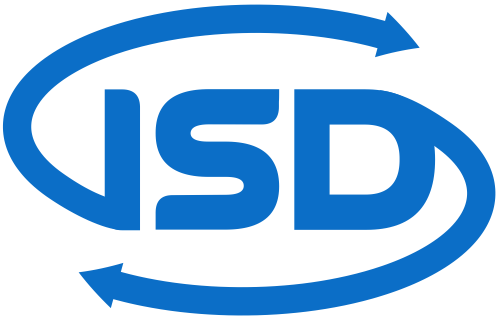Abstract
There's a growing interest in leveraging the structured and formal nature of business process modeling languages in order to make them available not only for human analysis but also to machine-readable knowledge representation. Standard serializations of the past were predominantly XML based, with some of them seemingly discontinued, e.g., XPDL after the dissolution of the Workflow Management Coalition. Recent research has been investigating the interplay between knowledge representation and business process modeling, with the focus typically placed on standards such as RDF and OWL. In this paper we introduce a converter that translates the standards-compliant BPMN XML format to Neo4J labelled property graphs (LPG) thus providing an alternative to both traditional XML-based serialization and to more recent experimental RDF solutions, while ensuring conceptual alignment with the standard serialization of BPMN 2.0. A demonstrator was built to highlight the benefits of having such a parser and the completeness of coverage for BPMN models. The proposal facilitates graph-based processing of business process models in a knowledge intensive context, where procedural knowledge available as BPMN diagrams must be exposed to machines and LPG-driven applications.
Paper Type
Full Paper
DOI
10.62036/ISD.2022.17
From BPMN Models to Labelled Property Graphs
There's a growing interest in leveraging the structured and formal nature of business process modeling languages in order to make them available not only for human analysis but also to machine-readable knowledge representation. Standard serializations of the past were predominantly XML based, with some of them seemingly discontinued, e.g., XPDL after the dissolution of the Workflow Management Coalition. Recent research has been investigating the interplay between knowledge representation and business process modeling, with the focus typically placed on standards such as RDF and OWL. In this paper we introduce a converter that translates the standards-compliant BPMN XML format to Neo4J labelled property graphs (LPG) thus providing an alternative to both traditional XML-based serialization and to more recent experimental RDF solutions, while ensuring conceptual alignment with the standard serialization of BPMN 2.0. A demonstrator was built to highlight the benefits of having such a parser and the completeness of coverage for BPMN models. The proposal facilitates graph-based processing of business process models in a knowledge intensive context, where procedural knowledge available as BPMN diagrams must be exposed to machines and LPG-driven applications.



Recommended Citation
Uifălean, Ș., Ghiran, A. M., & Buchmann, R. A. (2022). From BPMN Models to Labelled Property Graphs. In R. A. Buchmann, G. C. Silaghi, D. Bufnea, V. Niculescu, G. Czibula, C. Barry, M. Lang, H. Linger, & C. Schneider (Eds.), Information Systems Development: Artificial Intelligence for Information Systems Development and Operations (ISD2022 Proceedings). Cluj-Napoca, Romania: Risoprint. ISBN: 978-973-53-2917-4. https://doi.org/10.62036/ISD.2022.17